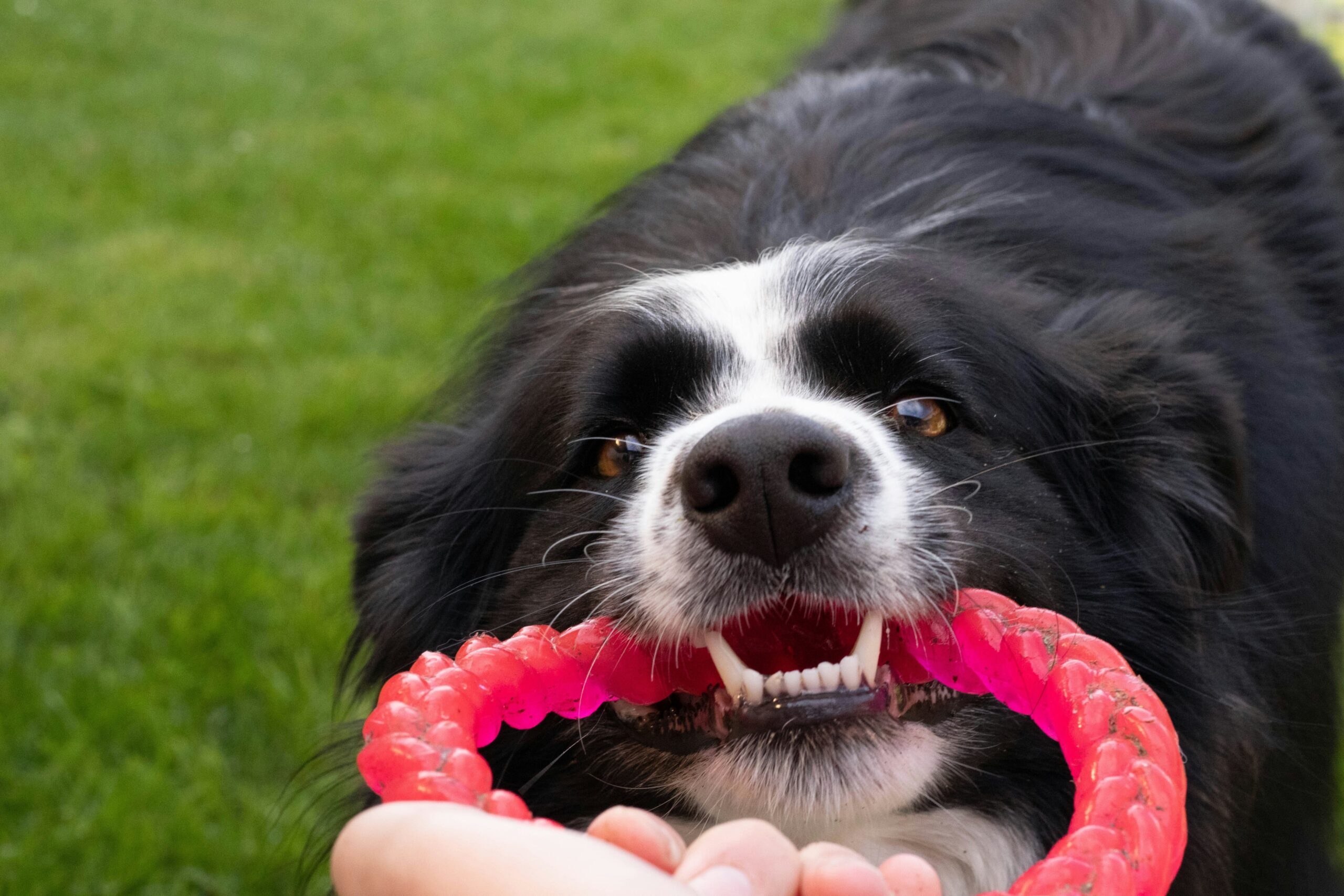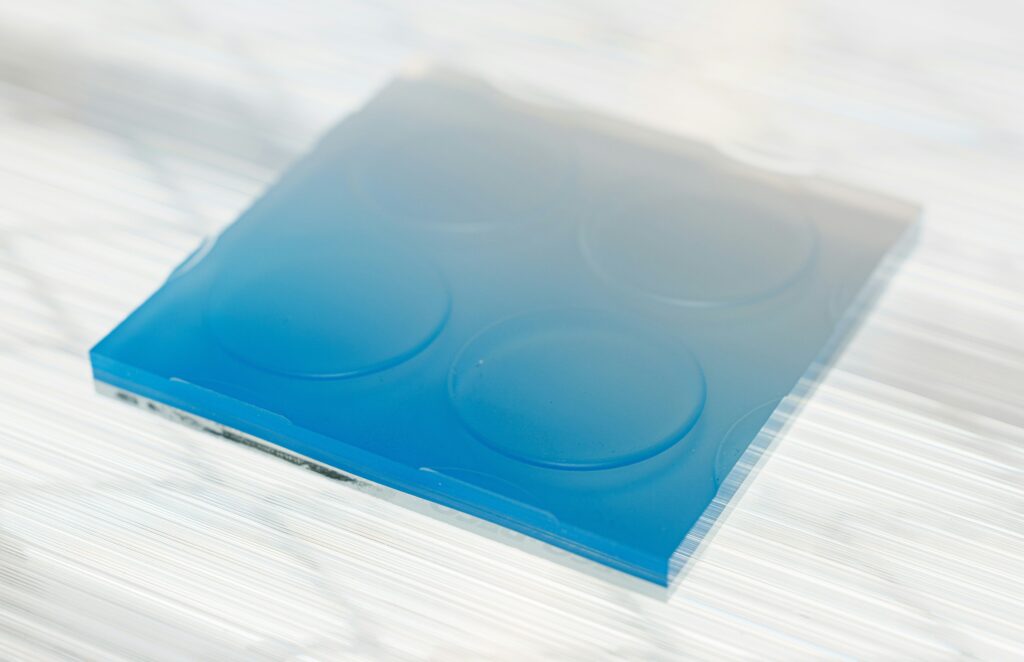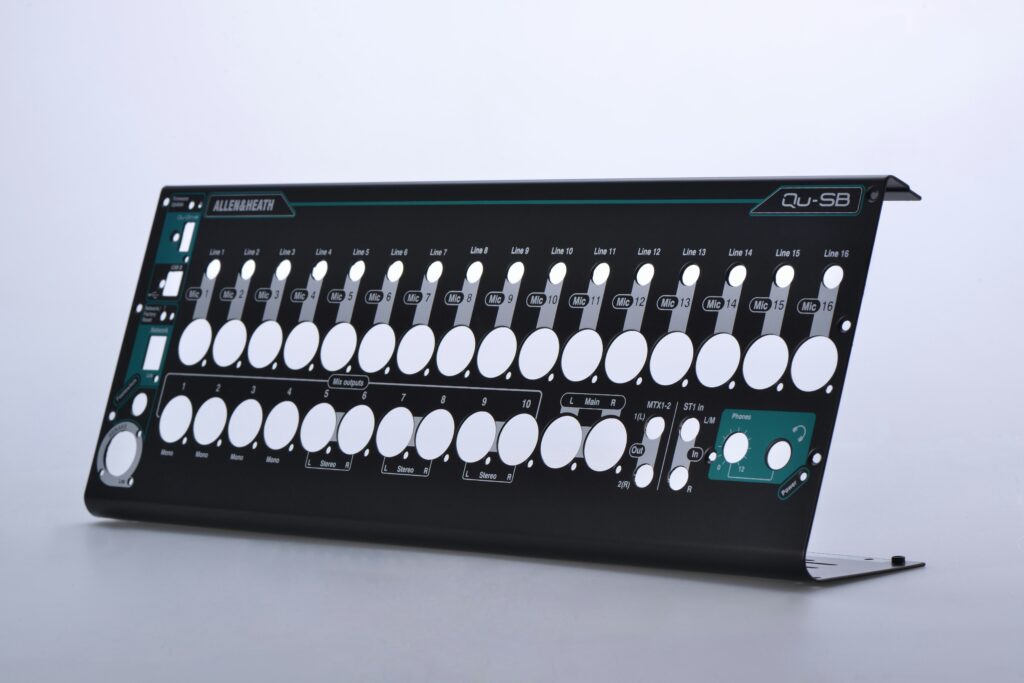Ever watched your dog gnaw on their favorite dental toy, only to wonder if it’s secretly turning into a bacterial nightmare? Yeah, us too. Between slobbery chew sessions and hidden nooks where gunk can collect, dental toys are like that one roommate who never cleans up after themselves—adorable but messy.
In this guide, we’ll dig deep into “Dental Toy Maintenance Tips,” sharing actionable steps, hilarious confessions, and even the occasional rant about why some pet parents think “cleaning” means tossing a toy in the dishwasher (spoiler alert: it doesn’t always work). By the end of this post, you’ll have everything you need to keep those toys fresh, safe, and effective for your furry friend.
Table of Contents
- The Problem with Dirty Dental Toys
- Step-by-Step Guide to Cleaning Your Pet’s Dental Toys
- Best Practices for Maintaining Dental Toys
- Real-Life Examples of Good vs Bad Toy Care
- Frequently Asked Questions About Dental Toy Maintenance
Key Takeaways
- Dirty dental toys can harbor bacteria, risking your pet’s health.
- Regular cleaning extends the lifespan of dental toys and boosts hygiene.
- Avoid common mistakes like using harsh chemicals or skipping routine maintenance.
- Proper care not only keeps toys functional but also saves money in the long run.
What’s the Big Deal with Dirty Dental Toys?
We get it—life is busy. Between juggling work emails, meal prepping, and binge-watching reality TV shows, cleaning Fido’s toys probably ranks somewhere between organizing your sock drawer and flossing daily. But here’s the kicker:
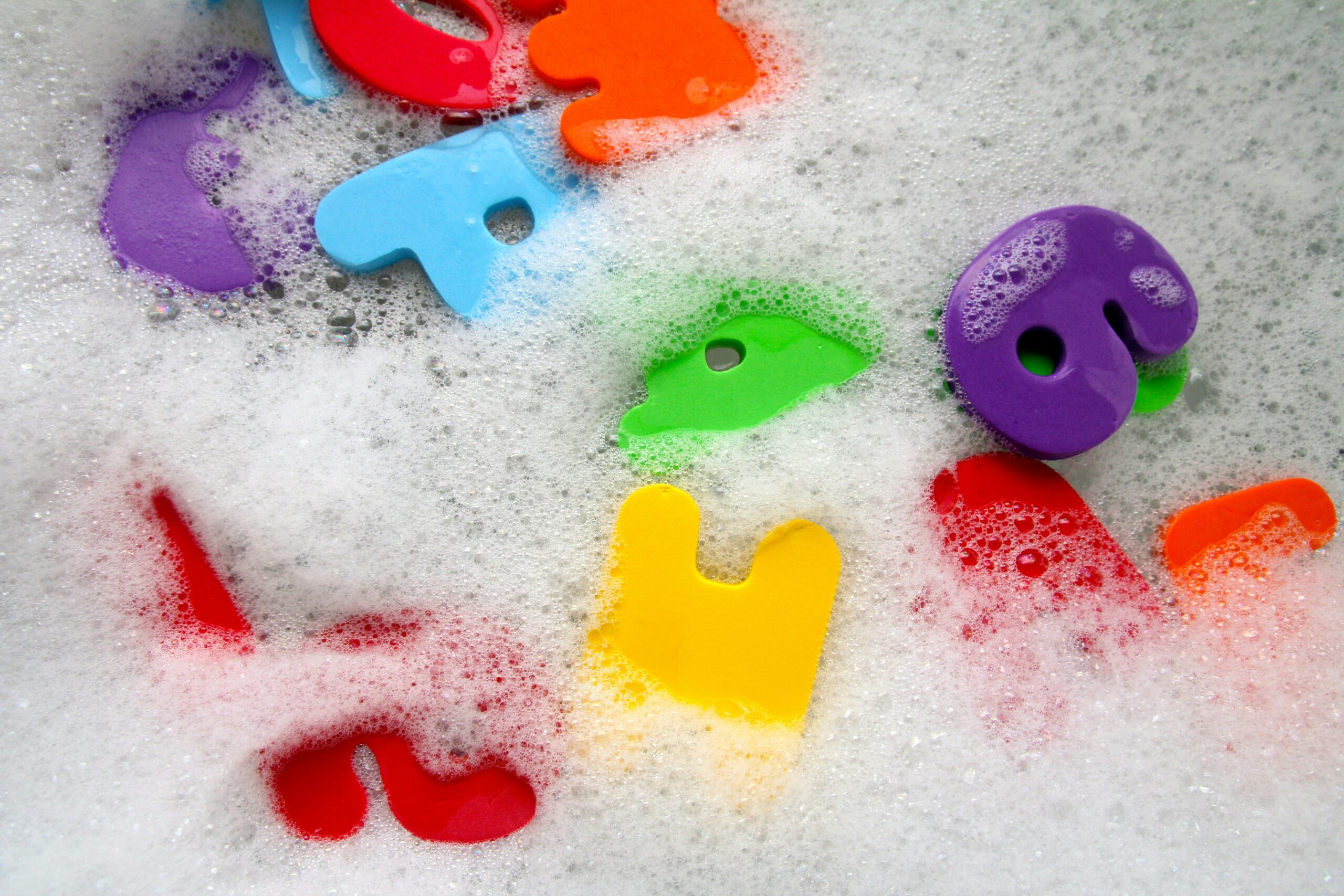
Did you know: A study once found that an average dog’s mouth has over 600 types of bacteria? Now imagine all that grossness soaking into porous materials like rubber or nylon every time they chomp down. Yikes.
The real issue arises when these nasty germs start spreading—not just to your hands while playing fetch but potentially back to your pet through repeated exposure. It’s a vicious cycle, and ignoring proper maintenance could lead to more vet visits than kisses.
Step-by-Step Guide to Cleaning Your Pet’s Dental Toys
Alright, Optimist You says, “Let’s fix this!” Meanwhile, Grumpy You mutters, “Ugh, fine—but only if coffee’s involved.” Fair enough. Let’s break it down:
Step 1: Identify the Material
Before grabbing random cleaners from under the sink, check what your toy is made of. Rubber? Nylon? Plush? Each material requires different TLC:
- Rubber: Dishwasher-safe or hand-washable.
- Nylon: Hand wash only; avoid extreme heat.
- Plush: Machine washable unless otherwise stated.
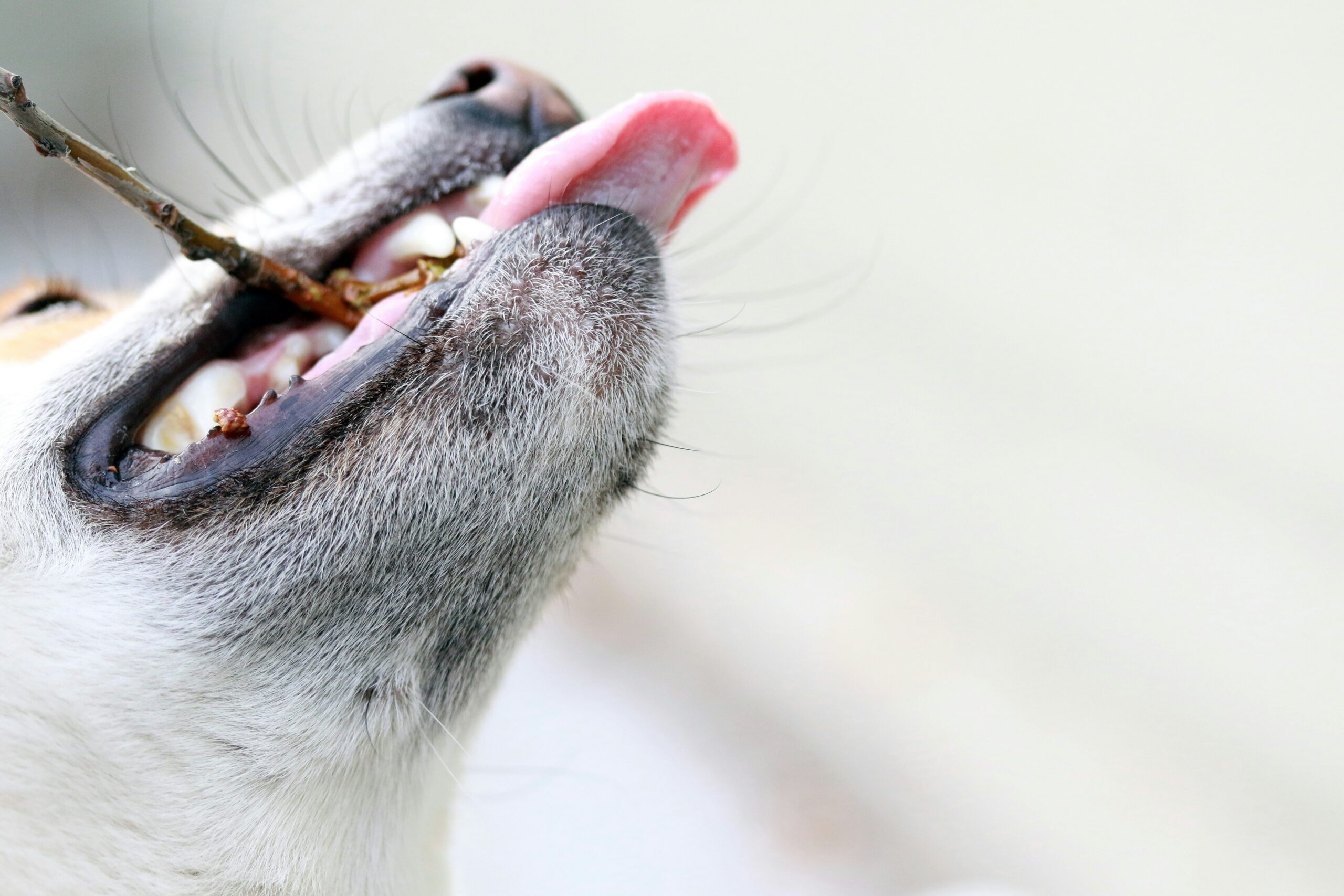
Step 2: Gather Supplies
You don’t need NASA-grade equipment, just basics:
- Mild dish soap (animal-safe)
- Hot water
- An old toothbrush (bonus points if it belonged to your ex)
- Vinegar solution (for tougher stains)
Step 3: Scrub-a-Dub-Dub
Buckle up—it’s spa day for Mr. Woofles. Focus on crevices and grooves where food particles love to hide. For extra grime, soak toys in a vinegar-water mix overnight before scrubbing again.
Step 4: Inspect & Dry Thoroughly
No shortcuts here. Air-dry completely before handing them back to your pup. Moisture = Mold City, and nobody wants that.
Best Practices for Maintaining Dental Toys
If there were an Oscar for Best Supporting Chew Toy, these tips would win:
- **Schedule Regular Cleanings**: Aim for weekly washes, especially for high-use items.
- **Rotate Toys**: Keeps things engaging AND prevents constant wear-and-tear.
- **Avoid Harsh Chemicals**: Bleach might seem tempting, but stick to animal-safe options.
- **Know When to Toss ‘Em Out**: If a toy looks like it survived World War III, it’s time to let go.
Real-Life Examples of Good vs Bad Toy Care
Picture two scenarios:
Example 1: Sarah diligently washes her golden retriever’s toys twice a week, ensuring zero buildup. Her reward? Fewer trips to the vet for dental issues.
Example 2: Jim tosses his pitbull’s worn-out rope toy in the backyard… where it collects dirt, rainwater, and dubious wildlife droppings. Unsurprisingly, poor Max ends up at the clinic with gastrointestinal distress. Moral of the story? Be Sarah, not Jim.
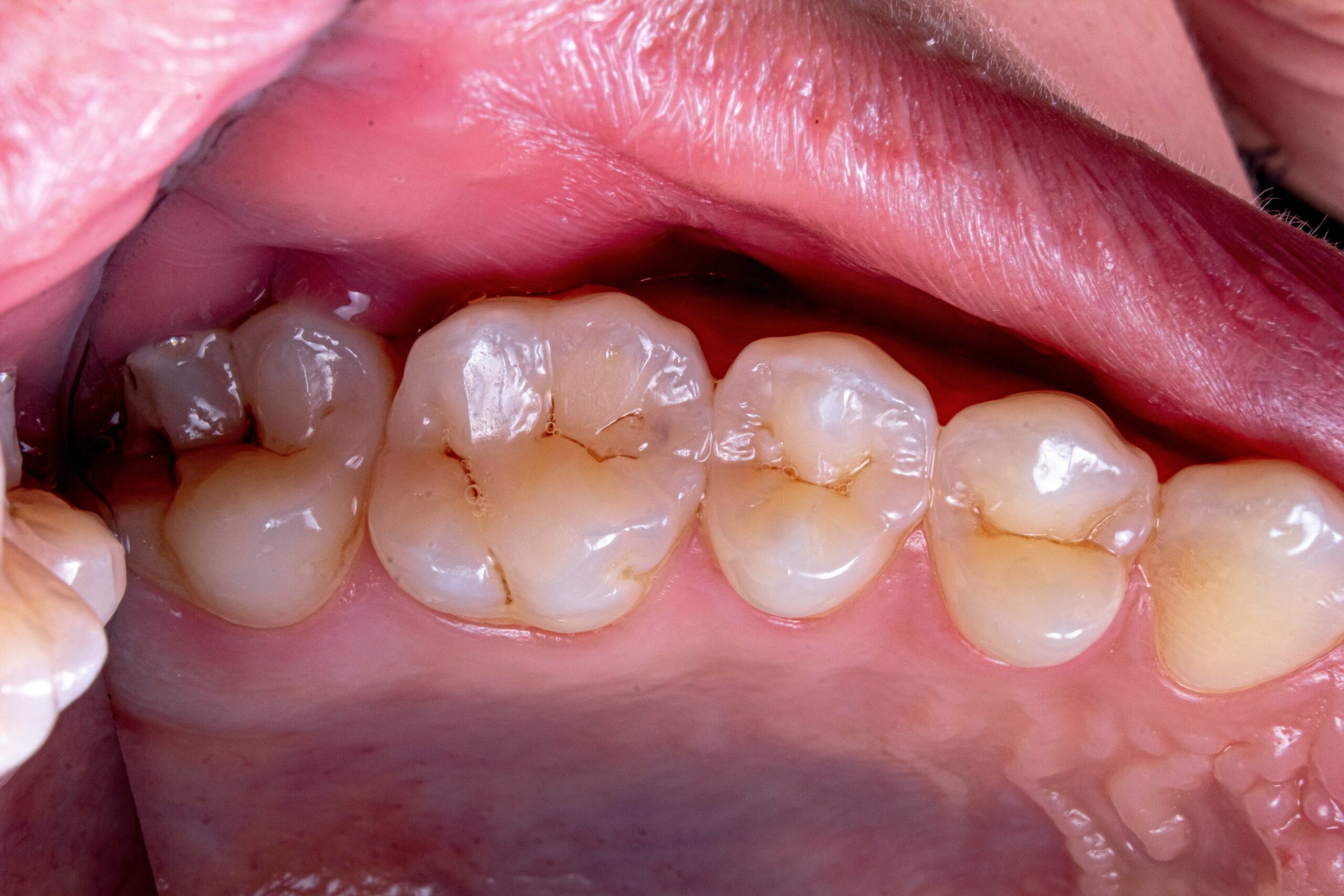
Frequently Asked Questions About Dental Toy Maintenance
Can I Put All Dental Toys in the Dishwasher?
Nope! While many rubber toys are dishwasher-safe, nylon or plush ones can warp or lose shape. Always double-check labels first.
How Often Should I Clean My Pet’s Toys?
At least once a week—or sooner if you notice visible dirt or odors.
Is Vinegar Safe for Pets?
Yes, diluted vinegar solutions are non-toxic and great for cutting through grime without harming your furry pals.
What Happens If I Don’t Maintain Dental Toys Properly?
Bacteria buildup increases infection risks, plus damaged toys can hurt your pet’s gums or teeth.
Conclusion
Congratulations! You now officially qualify as a Certified Dental Toy Guru™. Remember, clean toys = happy pets = fewer vet bills. So grab that toothbrush, channel your inner domestic wizard, and give those chewed-up treasures the love they deserve.
And hey, since life’s short—and dogs age seven times faster than humans—you owe it to your pooch to make every play session count. Now go forth and conquer germs like the champ you are!
*Chef’s kiss*… or should I say *Slobber’s swipe?*
Like a Tamagotchi, your SEO needs daily care. Keep nurturing those keywords, folks.
